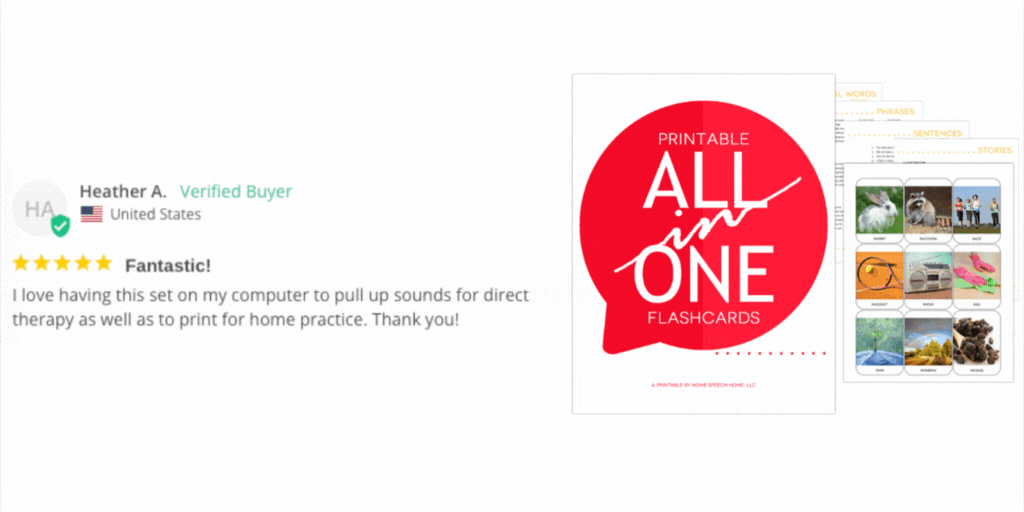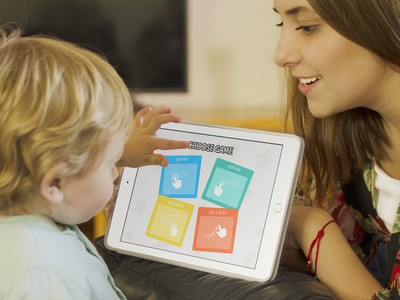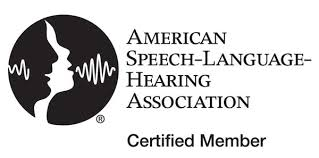8 Speech Therapy Activities Using Multi-syllabic Words
Who are we? SPEECH THERAPISTS! What do we do? PRACTICE MULTI-SYLLABIC WORDS! (In chant of course...)
Seriously though, do you feel like almost every student on your caseload has a goal involving multi-syllabic words?
Whether you are addressing fluency, articulation, apraxia or phonological awareness, multi-syllabic words are a staple in our daily activities.
Here are 8 therapy ideas for using multi-syllabic words in therapy.
And you are in luck, because Home Speech Home is your one stop resource for multi-syllabic words.
And as a side note, is it ironic to anyone else that the word “multi-syllabic” has five syllables?
Would you consider that an onomatopoeia?
Wow try clapping that out!
SEE ALSO: Crush Therapy Goals with the All in One Printable Flashcards
1. Get Moving
Children learn through a variety of modalities; rhythm and movement are no exception.
A child who has been sitting in class all day would love nothing more than to get moving during therapy activities.
Multi-syllabic words are the perfect conduit for movement.
Have the child stand and face you (or bring a body mirror and they can look at themselves in the mirror.)
If you have a group let them stand in a circle.
Say 5-10 different words and have them “clap out” each syllable.
Next, it’s time to stomp the words! Say the same words and have the child “stomp out” each syllable. Get creative; they can nod, flap their arms, tap their heads, even JUMP out each syllable!
Once they are getting the hang of it and the words are coming easier, have them do a combination of stomps and claps.
For a three syllable word they can “Clap Stomp Stomp.” For homework, print a list of multisyllabic words and have the child practice “dancing” them out at home.
Easy peasy.
2. Stick Together
Materials: Large Round Magnets
The purpose of using multi-syllabic words in phonological awareness activities is to teach the concept that a whole word is made of parts.
In this activity you will teach that concept by using magnets.
Tell the child that each magnet represents a syllable and have them stack the magnets according to the number of syllables.
Once all the magnets are stuck together, say the word without segmenting.
Example:
- For a three syllable word like “Elephant” you will hand the child three separate large round magnets.
The student will say each syllable as they stack the magnets upward on the table. “El-e-phant. Elephant.”
If you have a little extra time and want to make this activity even more visual, you can cut the word into syllables and tape the syllables to the magnets.
3. Roll the Dice
Materials: 2 Dice
What child doesn’t like rolling dice?
Let’s be honest, what adult doesn’t like rolling dice?
Using the lists of multi-syllabic words on Home Speech Home, have the child roll two dice.
The first die is for how many syllables the words will be, and the second die is for how many words from that list the child must say.
The word lists are organized by number of syllables and in convenient columns parallel to each other.
This game is a fancy way to get a lot of output during a short therapy session.
If the child rolls a one or a six on the first roll, call that a “free choice” and they get to choose the number of syllables.
4. Kinetic Necklace
Materials: String, Large Beads
Another great modality for learning is kinetically.
This activity will also get you a lot of output. Have the child make a long necklace using the number of beads associated with the number of syllables you are working on.
Obviously the necklace will be a little sparse, but that is what makes the clinking sound we want.
After you tie the necklace have the child wear it.
Read down the list of multi-syllabic words and ask them to segment the syllables by moving the coordinating beads across the necklace, or “dropping” the beads from higher up on the string.
Ideally, use heavier/larger beads that will give good kinetic feedback.
NEW! Printable Flashcards for Multi-syllabic Words
5. Building Blocks
Materials: Blocks, Ball (optional)
Just like it sounds, this activity is used by stacking blocks on top of each other to represent each syllable in a word.
It’s simple and yet full of sensory learning.
You can have the child build a new “tower” with each word, or continue adding to the tower so it gets taller and taller.
Another way to do this is to build the tower first and have the child take off a block to represent each syllable in a word.
If you have a little space, (aka you aren’t working out of the janitors closet) you can have them build a tall tower with many multi-syllabic words and then roll a ball to knock the tower over.
6. Playdough
Materials: Playdough, Paperclip, Plastic Knife
The opportunities for using playdough with multi-syllabic word practice is endless… using three balls of syllables (playdough) to build a snowman, smashing pieces together to make a word, or tapping fingers in it to make indentations.
Another idea is to roll out a small flat piece of playdough and use a paperclip to write the word on the playdough.
Then using something like a plastic knife, the child can cut the playdough right through the word to represent the segmentation of the syllables.
You can separate the pieces on the table and then put them back together. This is a very visual and hands-on learning task that the children will love.
7. Name Game
This game is fun with a group.
Have the children sit in a circle and say each person’s name as they clap out the syllables.
If you have a small group or just one child, have them say the names of their parent’s/other family members and clap them out.
Names that are very familiar are great to use for syllable segmentation. After you have clapped out all the syllables of their family members and even friends, give them some fun/more difficult names to clap out.
Last names are good to use too because they often have more syllables.
3 Syllable Names
Timothy
Madalyn
Juliet
Nicolas
Jennifer
Carolynn
Kimberly
Mckayla
Annabel
Gwendolyn
Jonathon
Stephanie
4 Syllable Names
Zachariah
Octavia
Penelope
Victoria
Marianna
Veronica
Elizabeth
Arabella
Leonardo
Alessandro
Angelina
Donatello
8. Multi-Syllabic Word Party
Home Speech Home has recently created Multi-syllabic Word Party.
It is full of games for multi-syllabic words (see below).
The best part is that the app is mobile friendly so you can use it anywhere.
You can choose your desired number of syllables for each of the four games and they are ready to play.
It’s simple, user friendly, and the children will feel like they are playing rather than learning.
You might also like:
Return to Top of Speech Therapy Activities
using Multi-syllabic Words

About the Author
Lindsey is an M.S. CCC-SLP from Salt Lake City, UT. She received both her B.S. and M.S. from Utah State University. When she's not chasing her 5 crazy kids around, she enjoys creating engaging speech therapy ideas and materials. Read More
Special Deals and Activities, Oh My!
Sign up for Terrific Therapy Emails
Your information is 100% private & never shared.































